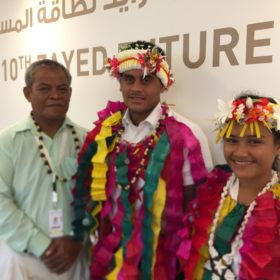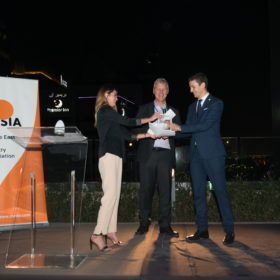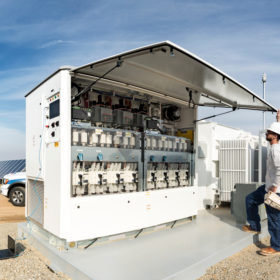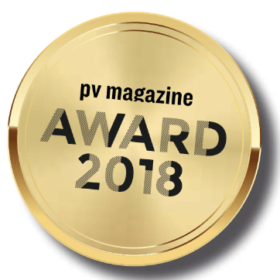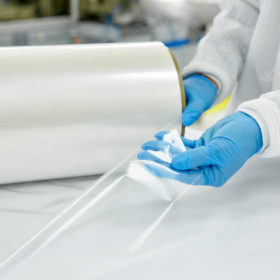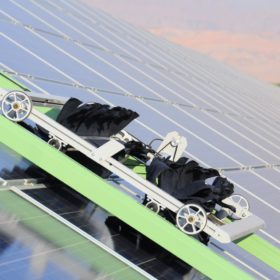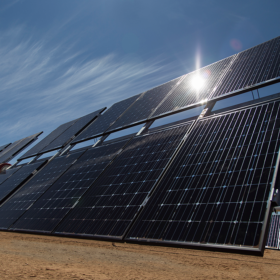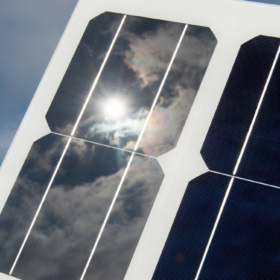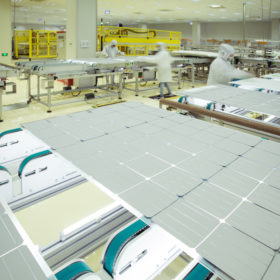Zayed Sustainability Prize
Founded in 2008, and until this year known as the Zayed Future Energy Prize, the Zayed Sustainability Prize recognizes leaders and innovators across the field of sustainability, through funding from the Abu Dhabi government. The award will be bestowed at the World Future Energy Summit in Abu Dhabi on January 14, 2019.
Middle East Solar Awards
This year’s Middle East Solar Awards, given by the Middle East Solar Industry Association (MESIA) will take place Wednesday, January 16 at the World Future Energy Summit (WFES) in Abu Dhabi. The MESIA awards, now in their seventh year, are focused on the MENA region.
Towering utility bills drive C&I tracker market
The growing market for tracker-mounted solar within the U.S. commercial and industrial market is being driven squarely by mammoth utility bills that often include time-of-use charges and total demand charges. Single-axis and double-axis systems are being deployed on warehouses, at agricultural facilities, factories, mines, landfills, carports, and other sites, often with a payback of only a few years, equipment sellers say.
Delaying derating
High solar irradiance and few cloudy days are ideal for solar. Fine dust and extreme heat is not – particularly when it comes to power electronics. As the distributed generation market segment emerges in the region, it’s a challenge that inverter suppliers are grappling with.
Annual Award
After the deliberations of the inaugural pv magazine Annual Award jury, a nine person international panel of PV industry experts, five entries have been selected as award winners from 30 finalists. Seven entries were recognized as being highly commended.
Double glass can spell double trouble
Glass-glass modules are built to survive the toughest conditions and can deliver module lifetimes far exceeding the 20-30 years expected of glass-foil. The module concept is ideally positioned to catch the building bifacial wave, but only if quality concerns are addressed, warn some experts in the field.
Sweet sweep
The amount and nature of desert dust determines whether daily cleaning of solar modules is a favorable option. However, frequent and water-intensive cleaning, as well as the amount of labor required, can be costly in desert installations. But the ingenuity of automation is on its way to help.
Bifacial testing sites multiply
Bifacial solar panel performance has become such a hot pursuit this year that there are now at least four competing field test sites ramping up in the United States, each matching a different set of trackers and panels. The four test projects include DNV GL, Soltec, NREL and Sandia, and initial data is expected by late 2019, once a year’s data has been collected.
Reflections on a soiled module
Having quickly proven their performance boosting potential and durability, anti-reflective coatings are now found on the majority of modules rolling off the world’s production lines. Today, coating suppliers are looking to tackle losses from soiling as well as reflection, and working to keep up with cost reductions and extended lifetime expectations at module level. Older modules, installed without a coating, could also be set to benefit from their latest innovations.
Longi’s monolithic leadership
Longi occupies a space that is unique among the solar manufacturers active today. To describe the company, it is natural to use superlatives: the largest mono wafer maker in the world (37% market share), the fastest-growing solar manufacturer, and the company with the highest R&D spending globally, both in absolute terms and also as a portion of its revenues.
